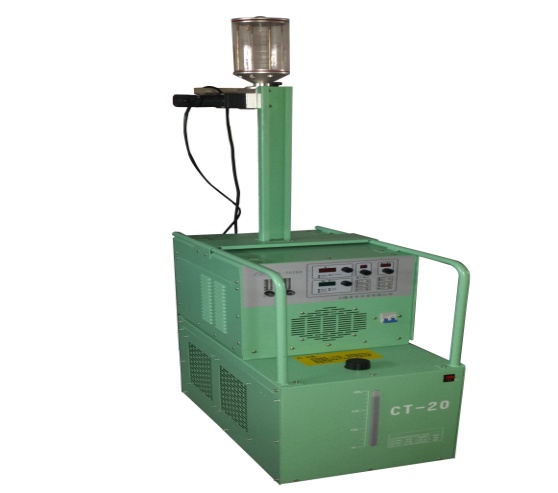Professional plasma surface treatment, choose Dumu!
Shanghai Duomuji Industrial Co., Ltd. is a comprehensive high-tech industrial company that emerged in the economic wave. It specializes in the development, production and sales of high-end power supplies and precision welding equipment. The precision ion welding (Plasma), precision arc welding machine (FineTIG), plasma surfacing machine (PTA), etc. developed by the company are widely used in many fields of industrial production such as automobiles, ships, aviation, petrochemicals, etc., and provide solutions for customers Many welding and welding repair problems.
The company has always been adhering to the tenet of "high-tech products, high-quality products, and high-efficiency services", carefully building "integrity and professionalism", constantly improving the core competitiveness of the company, and committed to becoming a leading team in the industry.
What are the methods of plasma surface treatment! Now, Duomu will interpret it for you.

What are the common methods of plasma surface treatment?
electrochemical method
This method uses electrode reaction to form a coating on the surface of the workpiece. The main methods are:
(1) Plating
In the electrolyte solution, the workpiece is the cathode. The process of forming a coating on the surface under the action of external current is called electroplating. The plating layer can be metal, alloy, semiconductor or containing various solid particles, such as copper plating, nickel plating, etc.
(two) oxidation
In the electrolyte solution, the workpiece is the anode, and under the action of external current, the process of forming an oxide film on the surface is called anodization, such as the anodization of aluminum alloy.
The oxidation treatment of steel can be done by chemical or electrochemical methods. The chemical method is to put the workpiece in an oxidizing solution, and rely on chemical action to form an oxide film on the surface of the workpiece, such as bluing of steel.
chemical method
This method uses no current action and uses the interaction of chemical substances to form a coating on the surface of the workpiece. The main methods are:
(1) Chemical conversion membrane treatment
In the electrolyte solution, the metal workpiece is without the action of external current, and the chemical substance in the solution interacts with the workpiece to form a coating on its surface, which is called chemical conversion coating treatment. Such as bluing, phosphating, passivation, and chromium salt treatment on the metal surface.
(two) electroless plating
In the electrolyte solution, the surface of the workpiece is catalytically treated without the effect of external current. In the solution, due to the reduction of chemical substances, the process of depositing certain substances on the surface of the workpiece to form a coating is called electroless plating, such as electroless nickel plating, Electroless copper plating, etc.
heat processing method
This method is to melt or thermally diffuse the material under high temperature conditions to form a coating on the surface of the workpiece. The main methods are:
(1) hot dip plating
The process of putting a metal workpiece into molten metal to form a coating on its surface is called hot-dip plating, such as hot-dip galvanizing and hot-dip aluminum.
(two) thermal spraying
The process of atomizing molten metal and spraying it on the surface of the workpiece to form a coating is called thermal spraying, such as thermal spraying zinc and thermal spraying aluminum.
(three) hot stamping
The process of heating and pressing the metal foil on the surface of the workpiece to form a coating layer is called hot stamping, such as hot stamping aluminum foil.
(4) Chemical heat treatment
The process in which the workpiece is in contact with chemical substances and heated, and a certain element enters the surface of the workpiece at a high temperature is called chemical heat treatment, such as nitriding and carburizing.
(five) surfacing welding
The process in which the deposited metal is piled up on the surface of the workpiece to form a weld layer by welding is called surfacing, such as surfacing welding with wear-resistant alloys.
